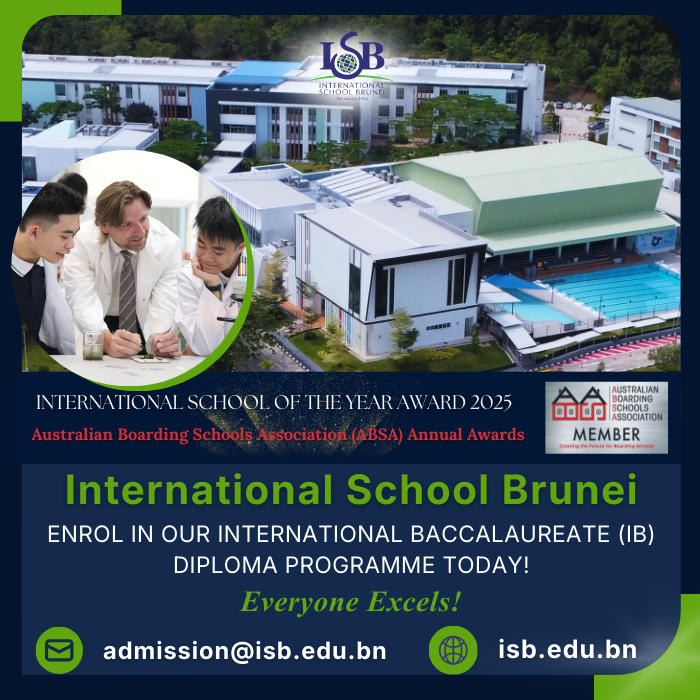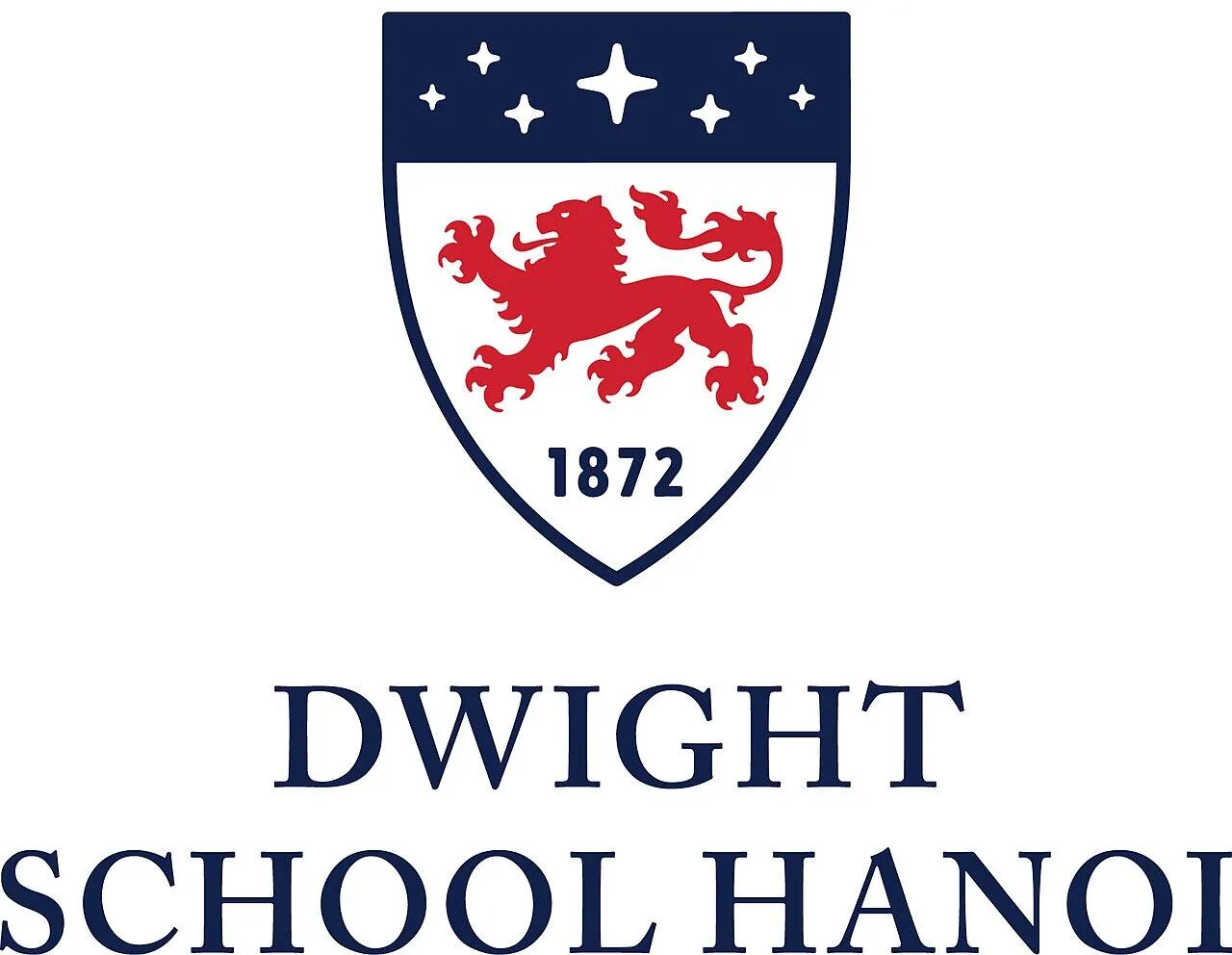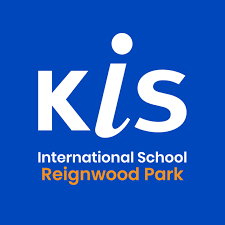What Is Secondary School?
A secondary school or high school in Singapore is defined as an institution offering a secondary school education after primary school. Secondary school education is compulsory for students in most countries to prepare them for higher education in the future.
A typical secondary school education lasts for at least five years. The age of an average secondary school student is 13 years old and they will receive a secondary school education until the age of 17 or 18 before pursuing pre-university studies.
What is the Best Age to Start Secondary School in Singapore?
Secondary school education is compulsory for all Singaporean individuals aged 12 to 16. A student’s secondary school path is greatly determined by their Primary School Leaving Examination (PSLE) results. The three general secondary school pathways in Singapore are Express, Academic and Technical.
On the other hand, the beginning of secondary education at international schools depends on the curriculum offered by the respective schools. Schools that follow the British Curriculum Secondary levels consist of KS3 (Ages 11 to 14) and KS4 (Ages 14 to 16). Students will typically sit for the (I)GCSE examinations at the end of KS4 at age 16. The curriculum aims to hone students’ higher order thinking skills and encourage independent learning as they prepare for the (I)GCSE examinations. At pre-university level, students can also go through KS5 from the ages of 16 to 18.
For the American Curriculum, students aged 11 to 14 progress to Middle School which covers Grade 6 to Grade 8. They then move on to High School until the age of 18 to complete Grade 9 to Grade 12. The core subjects at each level are English language, arts, mathematics, science and social studies. In addition, students are exposed to visual and performing arts, foreign languages, physical education and technology.
What Topics are Learnt at Secondary School in Singapore?
1. Public School
Secondary schools in Singapore typically cover a wide range of academic subjects and non-academic activities such as English Language and Literature, Mother Tongue Language, Mathematics, Science and History. The exact curriculum and subjects offered may vary from school to school and level of study.
2. International School
International secondary schools in Singapore typically offer a broad range of academic subjects such as English, Mathematics, Science, Social Studies, Modern Languages, Art, Music, and Physical Education, as well as co-curricular activities and enrichment programs that emphasize multiculturalism, global citizenship, and service learning. Additionally, many international schools offer International Baccalaureate (IB) programs, which are internationally recognized qualifications that provide a rigorous and comprehensive education for students aged 16-19. Additionally, the curriculum often includes exchange programs, overseas trips, and community service opportunities to expose students to different cultures and perspectives.
Types of Secondary Schools in Singapore
There are several types of secondary schools in Singapore, each with its own unique characteristics and admission criteria. Here are the main types of secondary schools.
1. Government schools: These schools are run by the Ministry of Education (MOE) and follow the national curriculum. These schools are open to all Singapore citizens, permanent residents and international students.
2. Government-aided schools: These are schools that are set up by various community organisations to cater for the educational needs of their respective communities. They maintain the same education standards as Government schools and charge standardised fees.
3. Independent schools: These are schools that are not run by the MOE but are funded by the government and offer a rigorous and specialized education. Admission is highly competitive and based on academic and non-academic achievements, as well as performance in aptitude tests and interviews.
4. International schools: These are schools that follow an international curriculum and offer an international education. These schools have different admission criteria and fees than local schools.
5. Specialised schools: These are schools that offer specialized programs in areas such as the arts, sports, and technical education. These schools have their own admission criteria and often require students to demonstrate exceptional talent in the relevant field.
How Do You Apply to Secondary Schools in Singapore?
1. Public Schools
Students are automatically posted to a secondary school after their PSLE scores are released but have the option of seeking admission to a certain school based on their talent in sports, CCAs and specific academic areas.
2. International Schools
Parents who are interested in enrolling their children in international schools can contact the school directly for application purposes. Generally, the international school application process involves payment of a registration fee and assessment test. If the child meets all requirements, parents would need to pay an admission fee and deposit for successful enrolment.
What are the Average Fees for Secondary Schools in Singapore?
Public schools in Singapore are heavily subsidised by the government with tuition fees typically ranging from SGD 5 to SGD 1,770 per month depending o the type of student. However, parents are subjected to small “miscellaneous” fees which are determined by the Ministry of Education. These fees are in addition to costs for uniforms, transport and school materials.
School fees of International schools on the other hand vary depending on factors such as the school’s location. Facilities, curriculum and more. Parents can expect to pay SDG 20,000 to SGD 40,000 per year for tuition fees. International school fee structures also include registration fees, deposits, technology and maintenance costs.
It's important to note that these fees are only estimated and may change over time. Additionally, some schools may offer financial assistance or scholarships to eligible students, so it is best to contact the school to find out if there are any scholarships available.
References

































